Archeology and History
A story that is three thousand years long
The Greeks from Eubea, in the city of Chalcis, founded Reggio in 734 BC.
During the Magna Greek period, it went through a period of absolute splendour under the tyrant Anassilao who unified the two cities of the strait (Rhegion and Zancle, today known as Messina). During the battle between the Greek of Southern Italy and the Carthaginians, Reggio supported the latter group because of its strong rivalry with Syracuse, and shortly thereafter, it was almost completely destroyed due to the Syracusan tyrant Dionysius the Elder, who never forgave the betrayal.
Rebuilt by his son Dioynsus II under the name Febea (the city of sun), Reggio was an important city even during the Roman period, of which there are important epigraph testimonies in both Greek and Latin.
In the Byzantine period, Reggio became the most important city after the fall of Sicily at the hands of the Arabs (end of the 10th century). The Normans, sent by the Church of Rome to latinize the southern Greek Italy, nevertheless provided freedom to the people of Reggio, who remained Greek Orthodox, at least until the 12th century.
In the 13th century, during the Sicilian Vespers, Reggio supported the people of Aragon against the Angevins and from here began the domination of the Aragon, of which evidence of the towers belonging to the castle of the same name still exist.
Starting in the 15th century, the city passed to the Bourbons, who did not leave obvious signs in the city, unlike the earthquakes of 1873 and 1908 that destroyed it completely. The people of Reggio, however, never abandoned the Greek foundation site, and, with patience and dedication, started its reconstruction for the umpteenth time. It is during this period that the greatest archaeological artefacts from the Roman and Greek periods emerged.
In the 1970’s, Reggio became known for the protests that broke out against the allocation of the capital to Catanzaro. The rivalry between the two cities is still strong today.
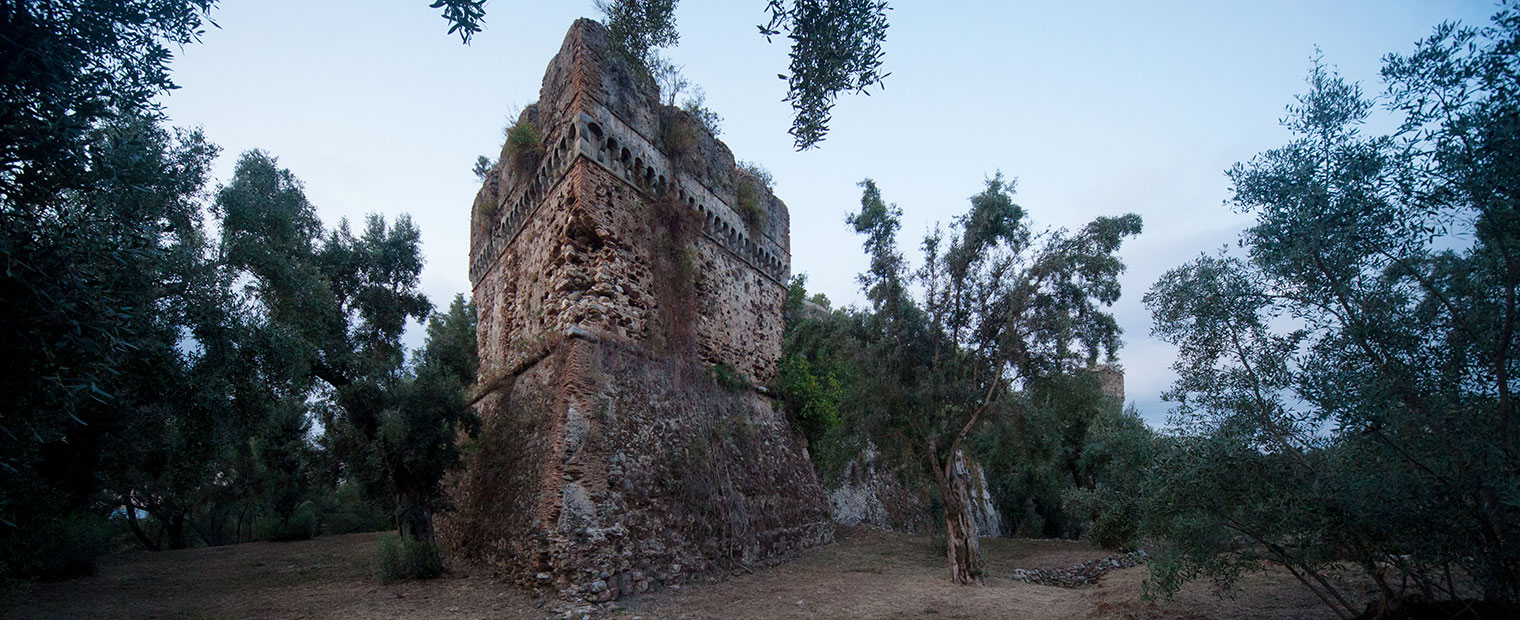
The Archaeological Park of Mella and the mythical city of Mamerto
Home to an ancient population, the Taurians, the archaeological area of Mella is a precious treasure chest in which a millenary history, full of mystery, is kept. The excavations, located in the district of Mella di Oppido, near the old medieval centre of the latter, have been delivered to the commu [...]
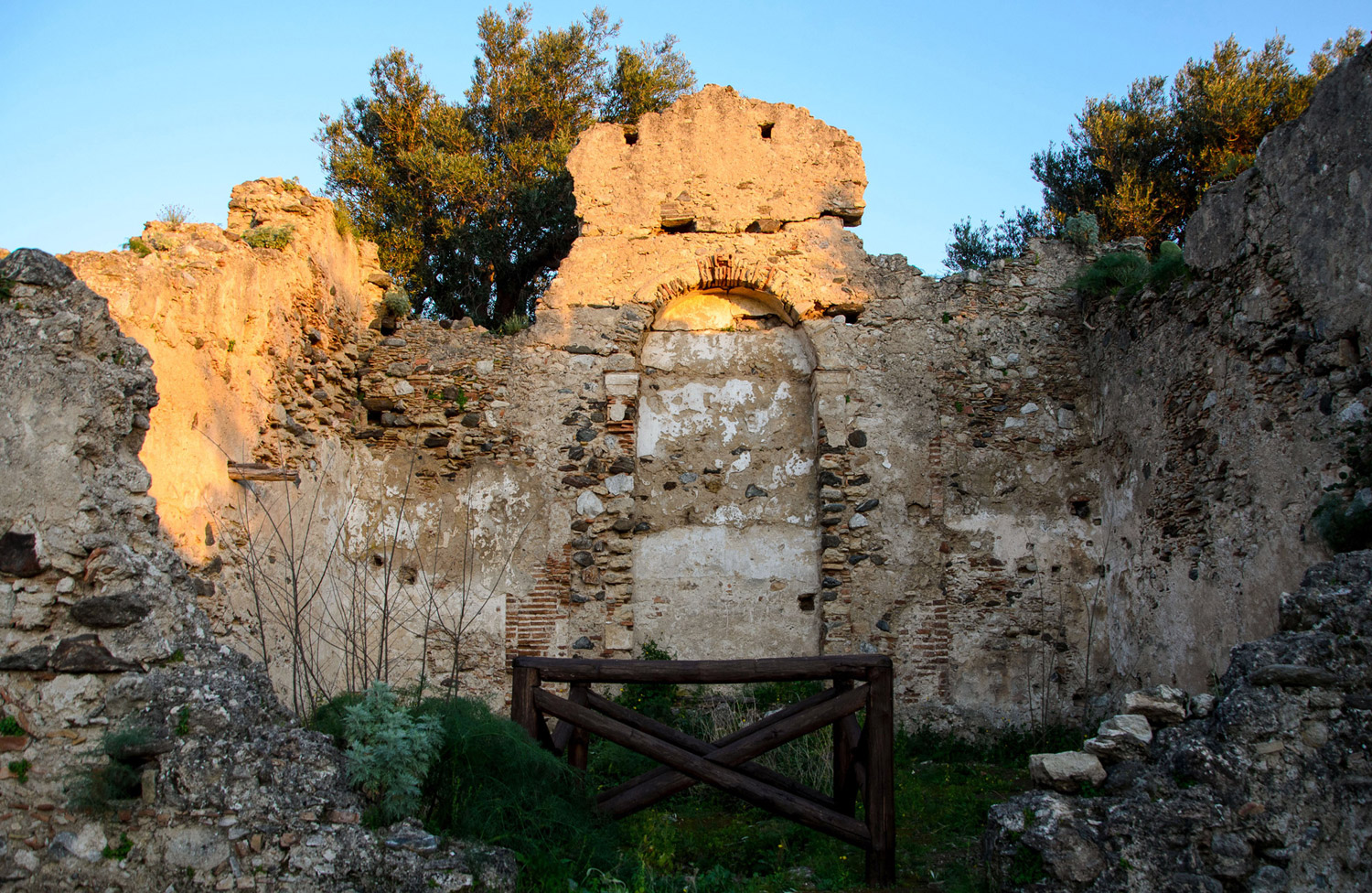
The Archaeological Park of Motta S. Agata
The archaeological area of Motta Sant’Agata is located on the hills that surround Reggio Calabria, precisely between towns of Cataforio and San Salvatore, at an altitude of 400 m a.s.l. It was the most important fortified complex in the surroundings of Reggio; according to some historians, it alread [...]
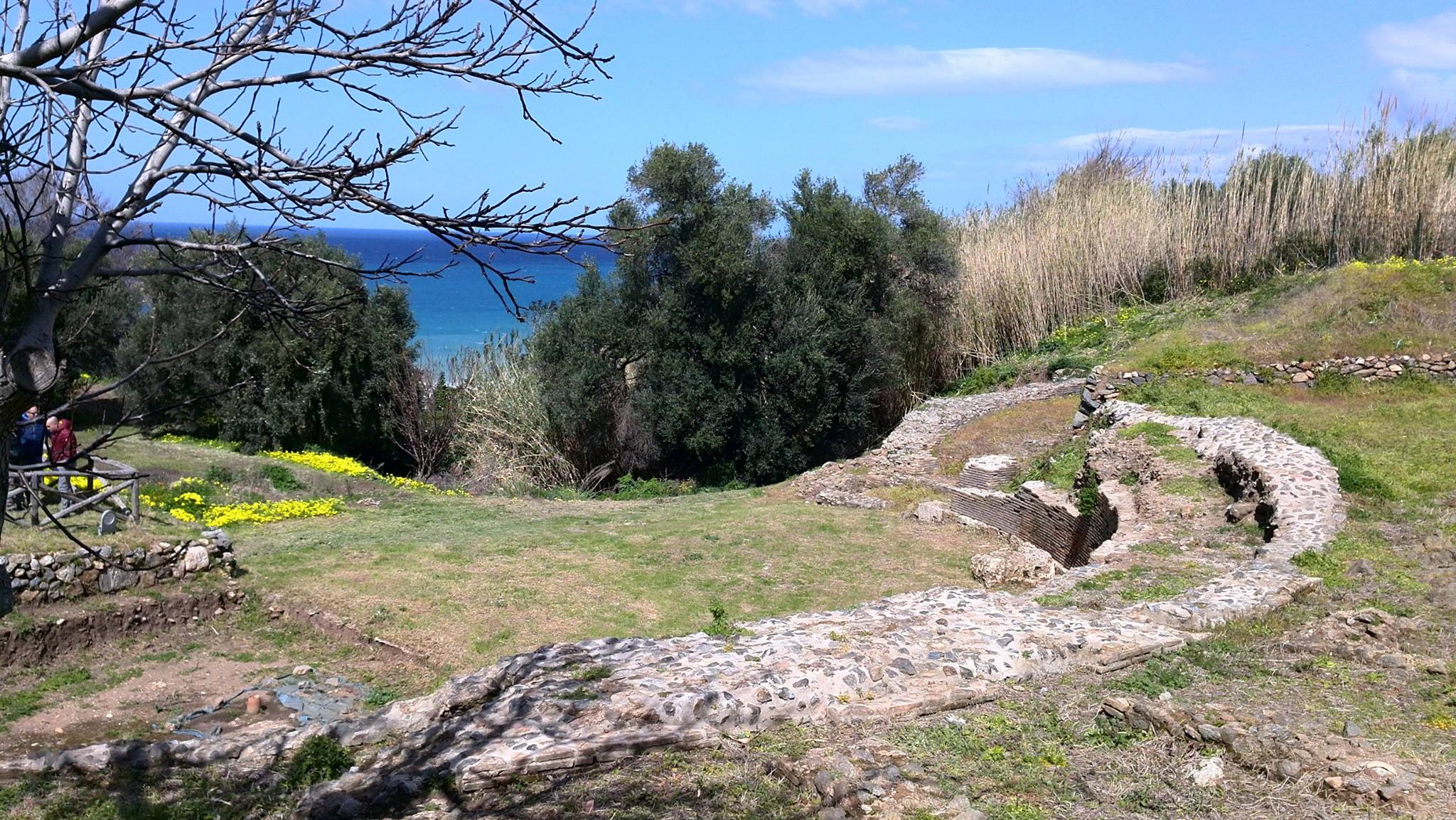
The Archaeological Park of Taureani
The Taureani Park occupies the area where the Bruttian city of Taurania was once located, in the region of Palmi. It is a vast, green area of extraordinary beauty, which presents the artefacts from ancient settlements that have followed since the second millennium BC and which constitutes an archaeo [...]
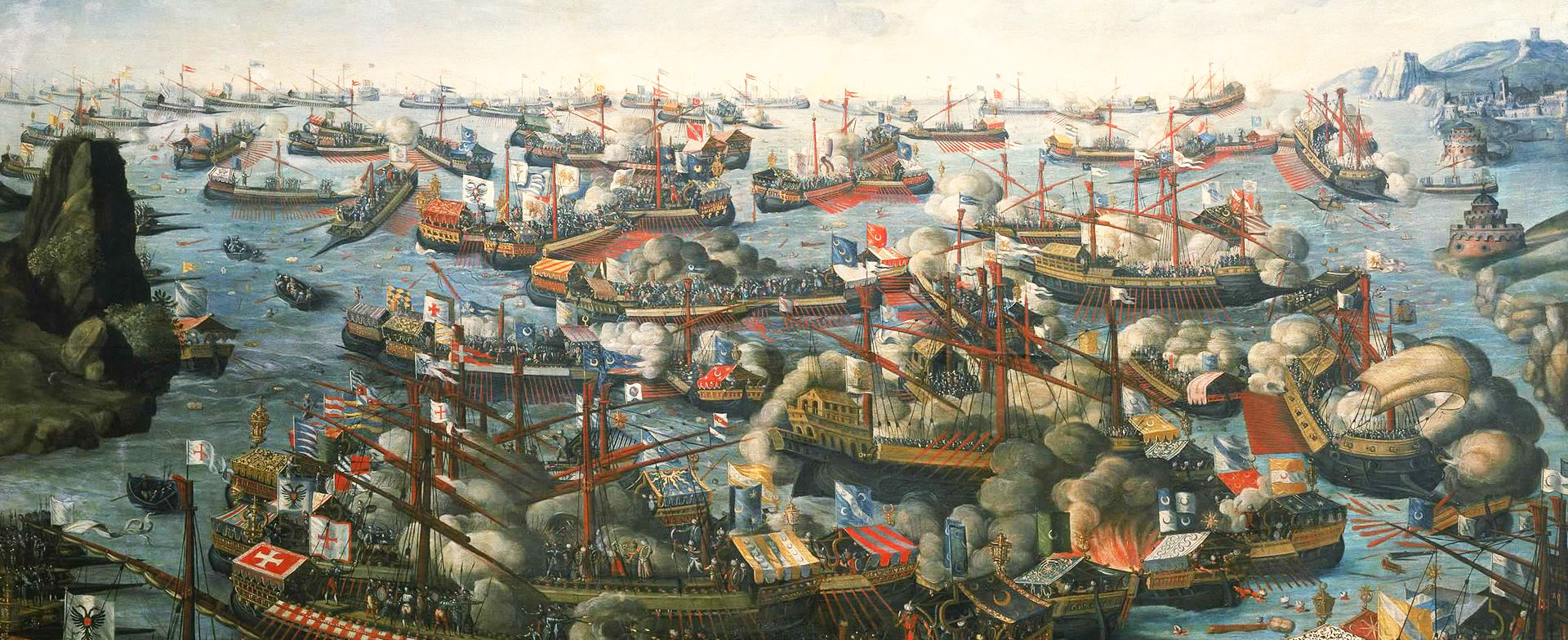
The Battle of Lepanto: the Calabrian fleet departs from Pellaro
On the dawn of September 16th, 1571, when the Calabrian fleet that will join the entire Christian fleet, just left from Messina, gathered under the aegis of the Pope Pius V, waited at the bottom in the waters between Pellaro and Bocale, the outskirts of the current municipality of Reggio C [...]
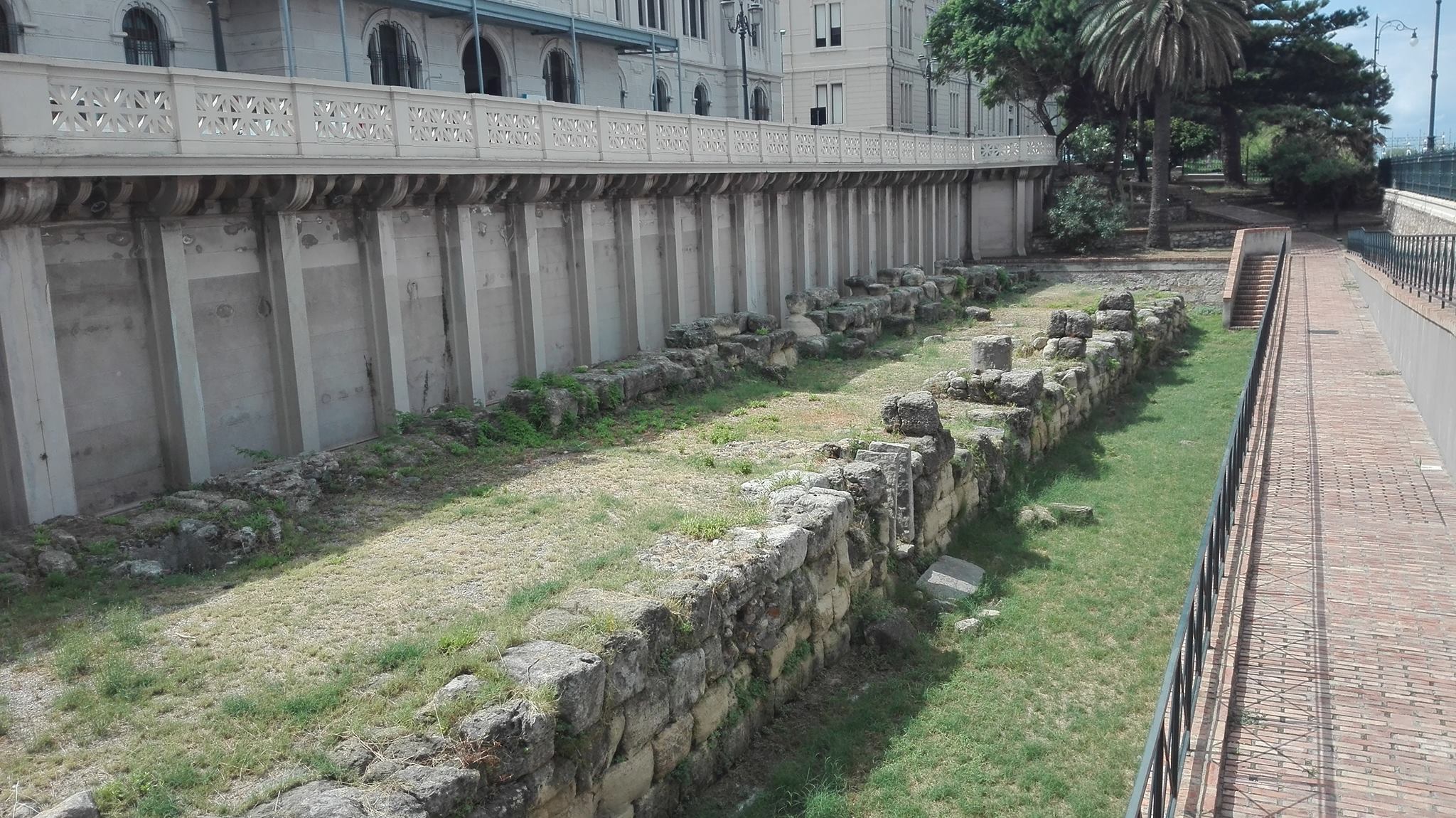
The Greek walls
Walking along the Falcomatà waterfront, at Piazza Camagna, you will come across Reggio’s largest stretch of Hellenistic walls, enclosed by wrought-iron gate. Although they are defined as “Greek” walls, they are in reality the product of the city wall circuit that over time has been restored countles [...]
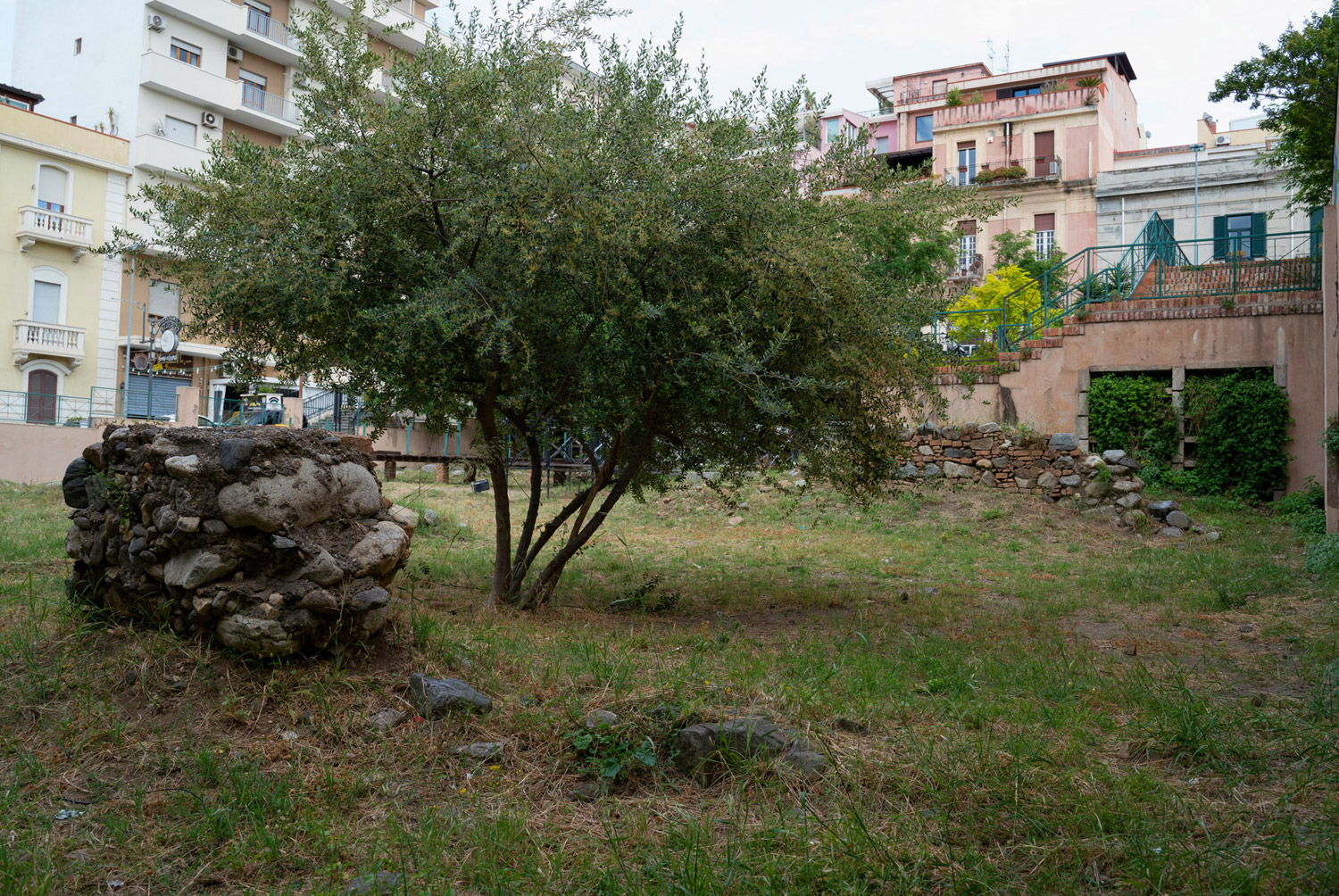
The Griso Laboccetta area
Formerly located in the space that today corresponds with the four blocks between Via Tripepi, Aschenez, Palamolla, and XXIV Maggio, the Griso Laboccetta Sanctuary, thus called by the ancient owners of the land on which it stood, represents the most important aspect of Reggio’s Greek heritage.
[...]